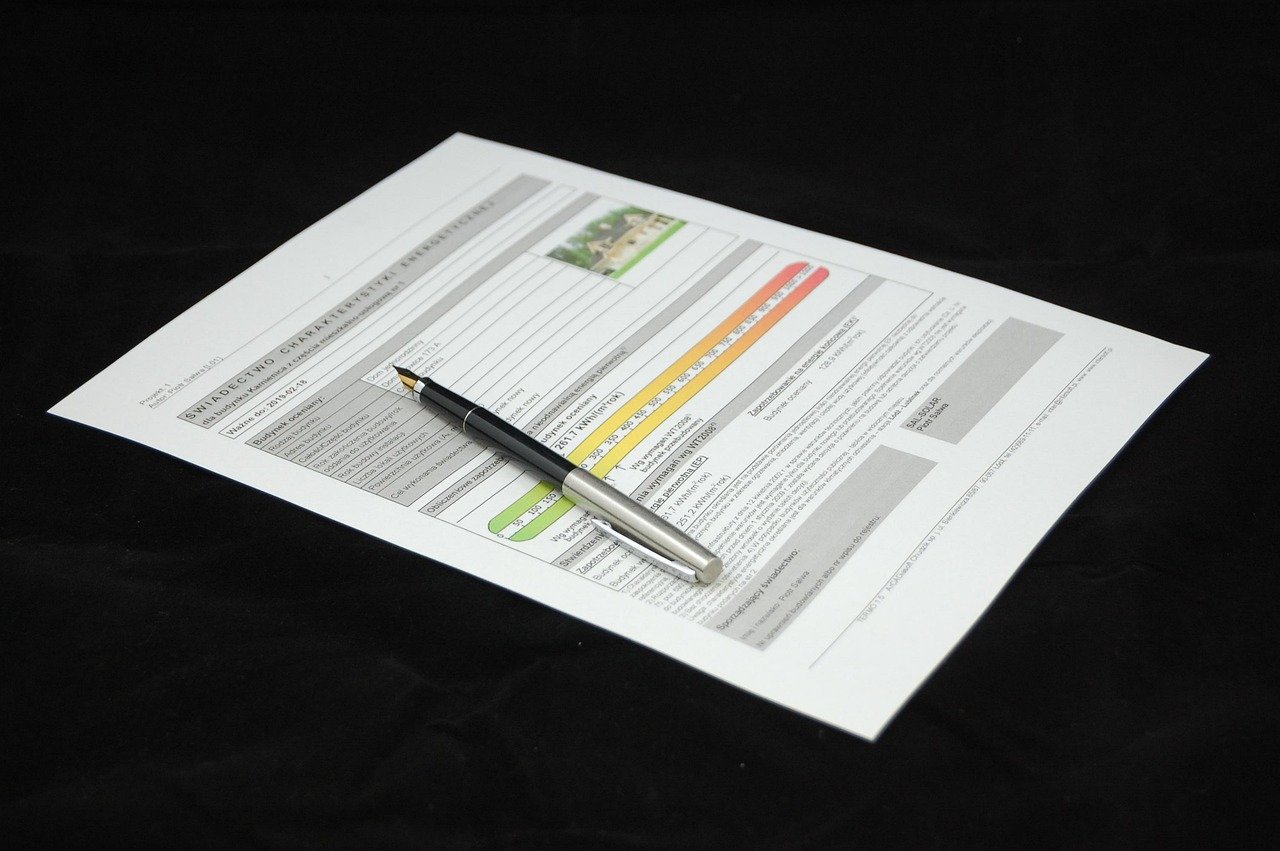In the high-stakes arena of Italian public works, bidding on a major demolition project without the proper qualification is a guaranteed path to failure. The gateway to these lucrative contracts is a mandatory certification that validates your company’s expertise and reliability. For demolition specialists, this key is the SOA OS23 attestation.
This guide cuts through the complexity of Italian public procurement law to provide a clear, actionable roadmap. You will learn not just what the SOA OS23 certificate is, but precisely how to obtain it, maintain it, and use it to win contracts. We will break down the legal requirements, financial thresholds, technical proof, and the step-by-step application process. Mastering the requirements of SOA OS23 is non-negotiable for any serious contractor aiming to compete in Italy’s public demolition sector.
Understanding SOA OS23: Scope, Importance, and Legal Basis
The “Attestazione SOA” (SOA Certification) is a system mandated by the Italian Public Procurement Code (primarily DPR 207/2010 and its updates). Its core purpose is to pre-quality companies, providing contracting authorities (Stazioni Appaltanti) with a verified guarantee of a bidder’s technical, organizational, and financial capacity before they even submit a tender.
The OS23 category specifically certifies a company for “Demolition of Works” (Demolizione di opere). This isn’t a voluntary accreditation; it’s a legal requirement. If a public tender for demolition works has a value exceeding €150,000, your company must hold a valid SOA OS23 certificate in the appropriate classification level to be eligible to bid. Operating without it means your offers will be declared inadmissible, locking you out of a significant portion of the market.
What Specific Works Fall Under OS23?
The OS23 category is comprehensive, covering far more than simple structure teardowns. It includes:
- Total or Partial Demolition: The complete or selective dismantling of civil buildings, industrial facilities, and infrastructure.
- Specialized Demolition Methods: Projects requiring controlled implosions (using explosives), precision cutting with diamond wires and saws, or the use of high-reach excavators and hydraulic crushers.
- Selective Demolition & Material Recovery: Environmentally focused demolition where materials are carefully separated on-site for recycling and reuse, minimizing landfill waste.
- Site Clearance and Remediation: Clearing sites of rubble and managing the resulting construction and demolition waste (CDW), including necessary documentation.
The Core Requirements for Attaining SOA OS23 Certification
Obtaining your OS23 certificate means proving your company’s mettle across four key areas to an accredited SOA Body (Società Organismo di Attestazione). These bodies are private entities authorized and monitored by ANAC (the Italian National Anti-Corruption Authority) to verify your documentation and issue the attestation.
The four pillars of assessment are:
- Technical Capacity: Demonstrated experience through past projects.
- Financial Solvency: Solid economic and financial standing.
- Equipment Availability: Ownership or secure availability of necessary machinery.
- Suitable Personnel: Employing qualified technical staff, including a designated Technical Director.
Proving Technical Capacity: The CEL Requirement
This is often the most complex part of the application. You prove your technical capability primarily through Certificati di Esecuzione Lavori (CEL). These are official certificates issued by the client upon project completion, detailing the work’s nature, value, and execution date.
The SOA Body will scrutinize your CELs against two critical rules:
- The 90% Rule: The total value of the works presented as proof (executed in the last 10 years) must be at least equal to 90% of the maximum contract value of the classification class you are applying for. For example, to apply for Class III (max contract value €1,033,000), your CELs must demonstrate completed works worth at least €929,700.
- The “Peak Contract” Rule: You cannot rely solely on many small projects. The regulations require that a significant portion of the required value comes from your largest contracts. The typical thresholds are:
- At least 40% from a single contract.
- At least 55% from two contracts.
- At least 65% from three contracts.
Selecting the Correct Classification Level (Classi)
The SOA OS23 certification is not one-size-fits-all. It’s divided into classes that determine the maximum value of the public contracts you can bid on. Choosing the right class is a strategic decision based on your company’s size and experience.
Here are the first four classification levels and their requirements:
| Classification Class | Maximum Contract Value | Minimum Required Net Equity | Minimum Average Annual Turnover (last 3 years) |
|---|---|---|---|
| Class I | Up to €258,000 | €50,000 | €130,000 |
| Class II | Up to €516,000 | €80,000 | €260,000 |
| Class III | Up to €1,033,000 | €150,000 | €520,000 |
| Class IV | Up to €2,582,000 | €300,000 | €1,290,000 |
Your application must demonstrate that you meet both the financial thresholds (Net Equity and Turnover) and the technical experience (CEL value) for your desired class simultaneously.
The Application, Verification, and Renewal Process
Once you have gathered your documentation, the formal process begins.
- Choosing an SOA Body: Select an accredited SOA Body from the official list. It’s prudent to compare their fees and support services.
- Submission and Review: You will submit a comprehensive application dossier, including CELs, financial statements, equipment inventories, and personnel CVs. The SOA Body has a legally defined period to conduct an initial review.
- The Verification Audit: This is the core of the process. Auditors from the SOA Body will meticulously verify the authenticity and conformity of every document. They may cross-reference CELs with the original clients and check financial data with the Chamber of Commerce.
Renewal and Maintenance of the OS23 Attestation
An SOA certificate is not perpetual. It has a validity period of five years. However, a critical rule ensures ongoing compliance: a mandatory verification is required after the first three years.
This mid-term check confirms that your company continues to meet the requirements for its classification. If your financial situation has deteriorated, or you haven’t maintained your technical and organizational capacity, the SOA Body can suspend or revoke your certificate.
Common reasons for failure during this three-year check include a significant drop in net equity, the departure of the designated Technical Director without a qualified replacement, or failure to execute new projects that demonstrate continued activity.
Common Mistakes and Best Practices for SOA OS23 Applicants
Mistakes to Avoid:
- Inaccurate CEL Documentation: Submitting CELs with errors, or failing to have them perfectly align with the “peak contract” rules, is the most common reason for application rejection.
- Financial Overreach: Applying for a Class IV with Class II-level financials will lead to immediate failure. Be realistic about your company’s economic standing.
- Insufficient Personnel Proof: Failing to provide clear, certified proof of your Technical Director’s qualifications and their continuous employment relationship with your company.
Best Practices for Success:
- Meticulous Record Keeping: Treat every CEL like gold. Implement a digital archiving system to track project values, dates, and types of work effortlessly.
- Strategic Class Selection: Start by realistically assessing your portfolio. It’s often better to secure a lower class confidently than to overreach and get rejected.
- Leverage Technology: Use digital tools like GIS or BIM not just for project execution, but to create an irrefutable, data-rich log of your technical experience, making future applications and renewals significantly smoother.
Conclusion
In the competitive landscape of Italian public works, the SOA OS23 certificate is far more than a bureaucratic hurdle; it is your company’s license to operate and grow. It is the definitive proof that separates qualified demolition specialists from the rest. This guide has provided the foundational knowledge to navigate the compliance process with confidence.
The process is complex and demands meticulous preparation. Don’t wait for a tender opportunity to arise. Now is the time to assess your current project portfolio, financial statements, and technical documentation. To avoid costly delays and missed opportunities, we strongly advise you to contact a compliance specialist or your chosen SOA Body immediately to begin the essential process of securing or upgrading your SOA OS23 attestation.
YOU MAY ALSO LIKE: 5 Legal Tips That Everyone Should Know

